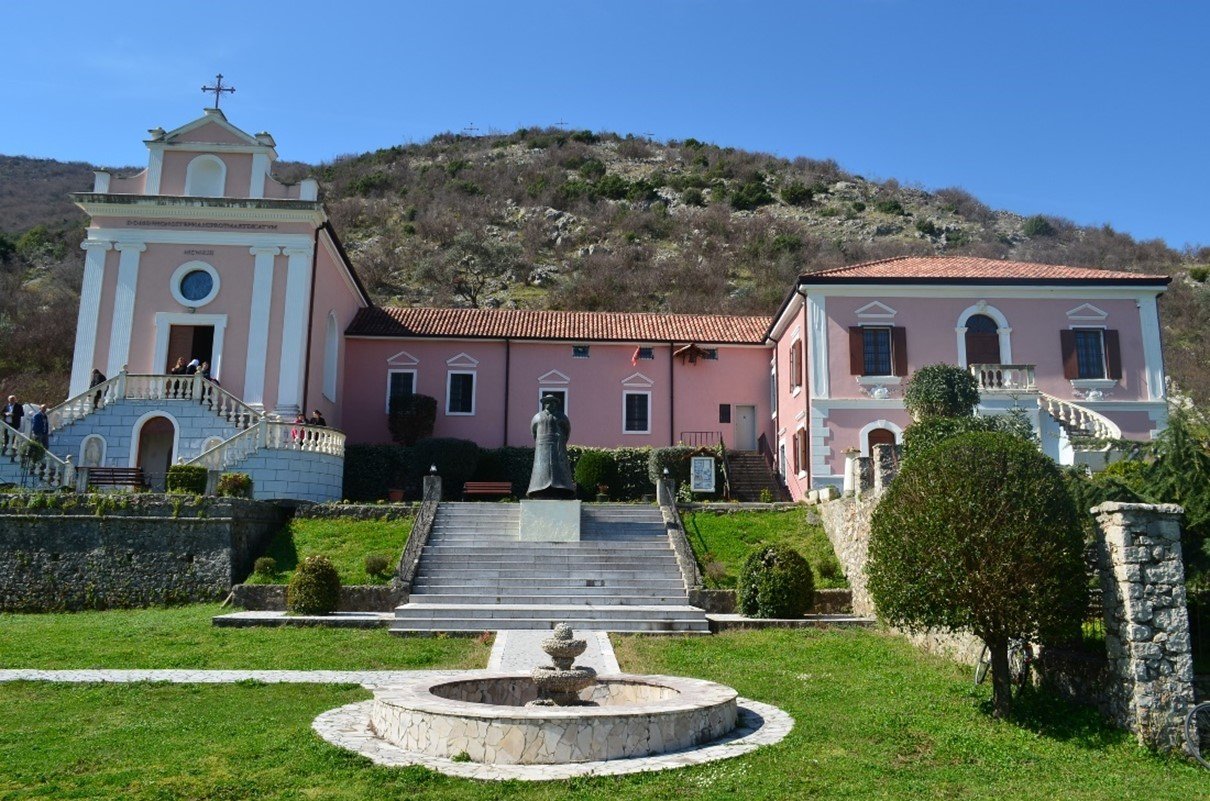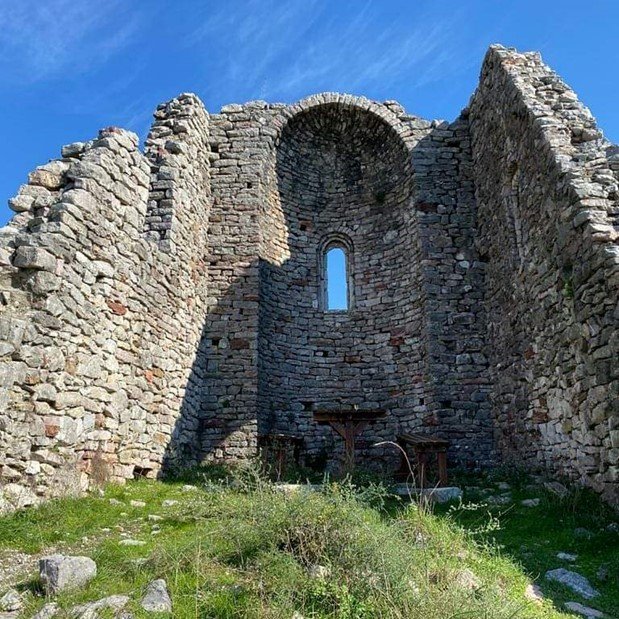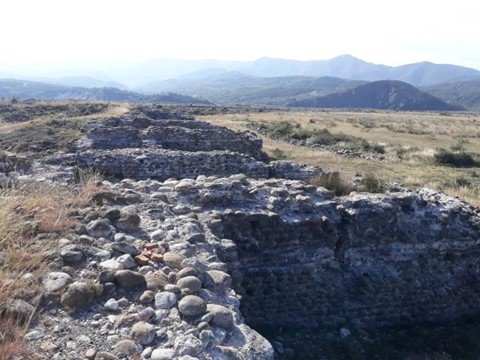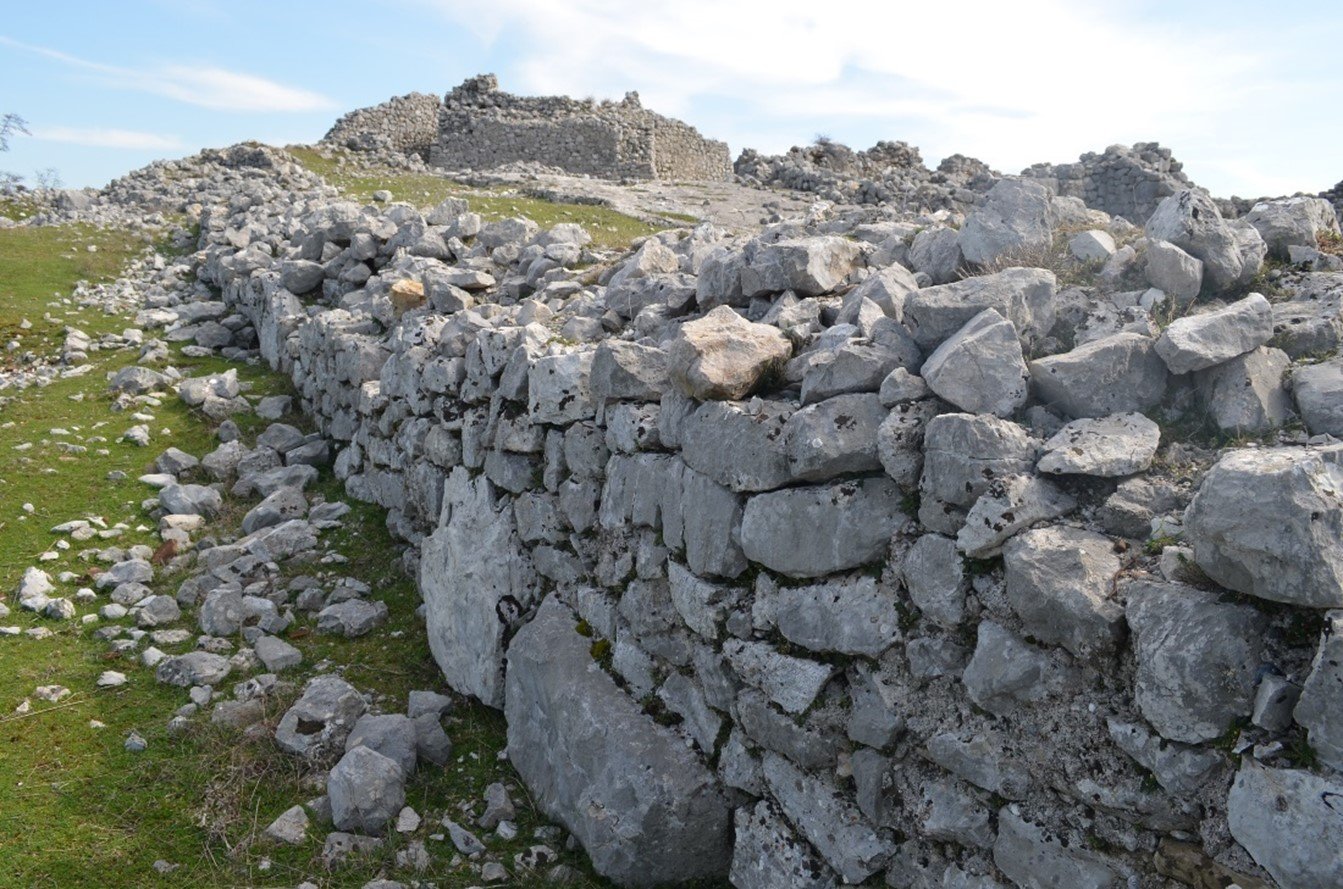Koman settlement and necropolis, constitute one of the most important archaeological sites of Albania in terms of heritage values, the quantity of discovered objects, and above all the fact that it provides important data for a transitional period between late antiquity and the early Middle Ages. The culture of Koman constitutes one of the most complete testimonies of the continuity and connection between the Illyrians of antiquity and the Albanians of the Middle Ages.
This archaeological site was first discovered in 1898, when the French consul of Shkodra, Degrand, discovered some ancient graves south of the Komani Settlement. The archaeological remains belong to the VI-VIII century AD and are distinguished by their originality and uniqueness. Numerous decorative objects, weapons, and other tools of daily use have been found in the necropolis. Due to the interest in the found objects and their originality, a good part of them is exhibited today in several archaeological museums in Europe. The objects found in Koman were identified as objects of a special culture known as the Komani Culture, which will also include a series of other archeological sites discovered later in the Albanian territory.
Among the objects discovered, there are also objects belonging to other cultures such as Celtic, Roman, and Byzantine. During this period, the first signs of the spread of Christianity were noticed even in these deep areas of the North, while in the large urban centers, Christianity was already spread. This can be noticed in the decorative object’s motifs, where are distinguished Christian symbols such as birds, fish, etc., but alongside them continue to survive, pagan symbols such as the sun disk.
The culture of Koman, with the elements of the ancient Illyrian heritage, even with the influences of the early Byzantine period or with the spread of Christianity in these territories, constitutes a culture totally singular and different from other neighboring nations such as the Slavs or Greeks.
Archaeological excavations in this area continue these days with the expectation that other objects of great interest for culture and cultural heritage will be discovered. The area was declared an Archaeological Park in 2015, due to the importance of this archaeological site and its protection.
During his stay in Kukël, Mjeda designs the reconstruction of the old church and the environment around it into a modern complex of religious and community buildings and services. It is here that Mjeda will have the most creative period of his life, writing his best literary works and linguistic studies on the Albanian language and the various dialects. The complex consists of the Kukli church and the priest’s house reconstructed in the neoclassical style at the beginning of the last century. It performed its religious and community functions until 1967, the year in which the practice of religious rites will be prohibited. Until 1990, the church will serve as a warehouse, sometimes for the cooperative and sometimes for the army, while the priests house, except for a few rooms that has served as a museum, part of the historical museum of Shkodra, has mostly served as a shelter for village families.
The Ndre Mjeda museum complex was reconstructed in 2014, transforming it into what Mjeda himself had tried to achieve, in a religious and cultural center, preserving the structure and characteristics of the buildings that make it up. The structure of the buildings is typical of that period, with stone walls and roofs with wooden construction and covered with country tiles and the floors are made of wood. In the museum area are shown objects used by Mjeda in everyday use and also objects of historic interest. The Mjeda complex is located in a very convenient position to be visited by school students and family members. The road to Kukël is quite panoramic and during the warm seasons it offers greenery that makes the journey relaxing and pleasant.





